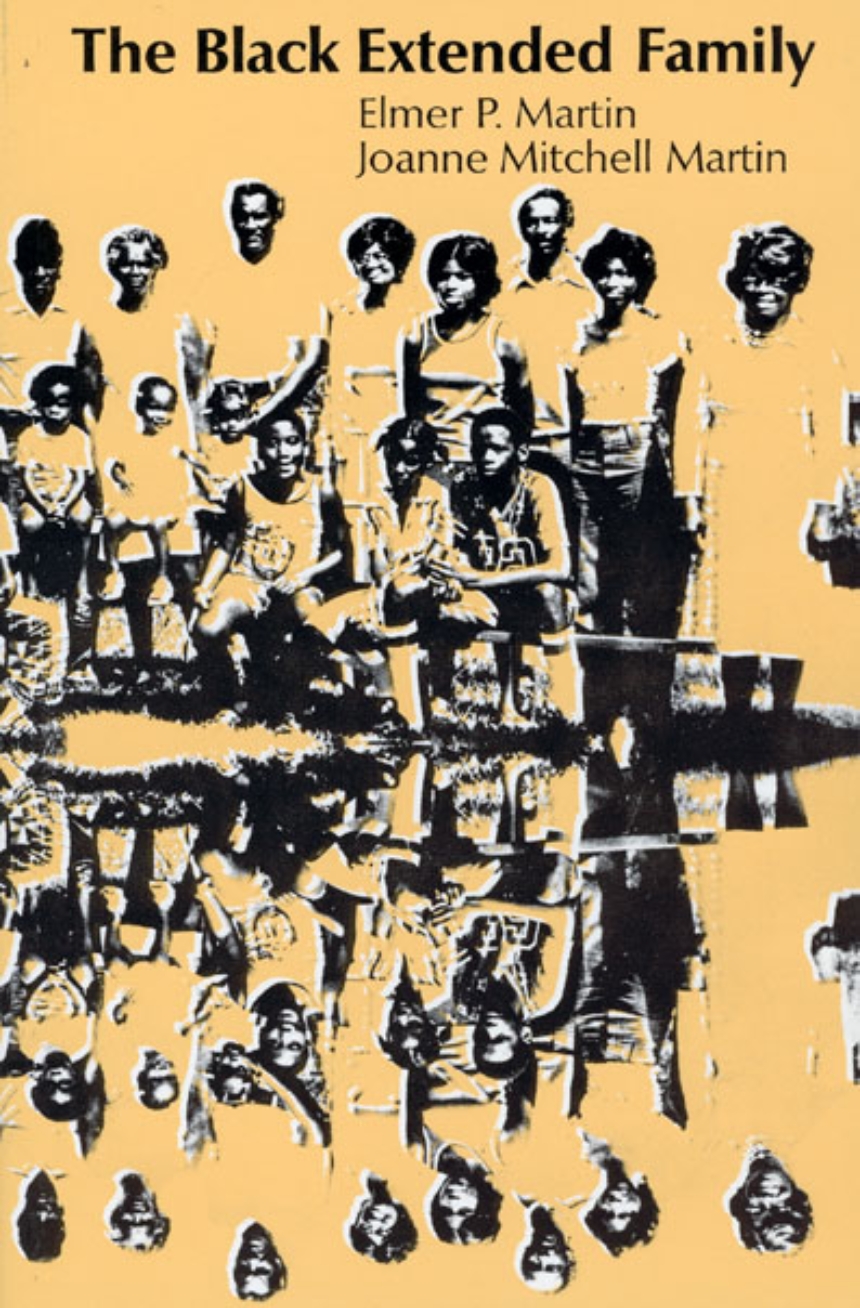The Black Extended Family
Misunderstood and stereotyped, the black family in America has been viewed by some as pathologically weak while others have acclaimed its resilience and strength. Those who have drawn these conflicting conclusions have gnerally focused on the nuclear family—husband, wife, and dependent children. But as Elmer and Joanne Martin point out in this revealing book, a unit of this kind often is not the center of black family life. What appear to be fatherless, broken homes in our cities may really be vital parts of strong and flexible extended families based hundreds of miles away—usually in a rural area.
Through their eight-year study of some thirty extended families, the Martins find that economic pressures, including federal tax and welfare laws, have begun to make the extended family’s flexibility into a liability that threatens its future.
Through their eight-year study of some thirty extended families, the Martins find that economic pressures, including federal tax and welfare laws, have begun to make the extended family’s flexibility into a liability that threatens its future.
Table of Contents
Acknowledgements
Introduction
1. The Extended Family: How Is It Formed and What Does It Do?
2. The Dominant Family Figure
3. The Mutual Aid System
4. Absorption and Informal Adoption
5. Relations between Old and Young
6. Sex, Courtship, and Marriage
7. Status and Power: Relations between Lower and Middle Class
8. Problems of Urban Life
9. A Look into the Past and into the Future
Appendix: Overview of Literature on the Black Family
Notes
Bibliography
Index
Introduction
1. The Extended Family: How Is It Formed and What Does It Do?
2. The Dominant Family Figure
3. The Mutual Aid System
4. Absorption and Informal Adoption
5. Relations between Old and Young
6. Sex, Courtship, and Marriage
7. Status and Power: Relations between Lower and Middle Class
8. Problems of Urban Life
9. A Look into the Past and into the Future
Appendix: Overview of Literature on the Black Family
Notes
Bibliography
Index
